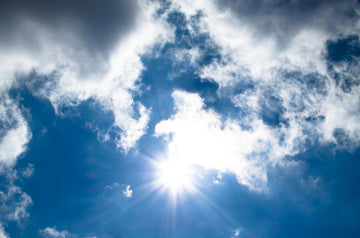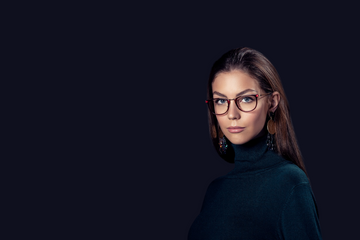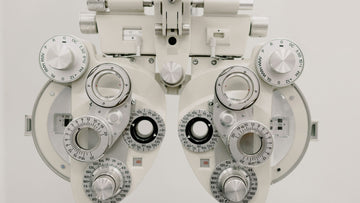When you think of sunglasses, you probably picture sunny beaches, warm weather, and a stylish accessory. But beyond the fashion statement, sunglasses play a crucial role in protecting one of your most vital senses: your eyesight. It's not just about looking cool; it's about safeguarding your eyes from harmful ultraviolet (UV) radiation.
Understanding UV Rays and How They Harm Your Eyes
To grasp the importance of UV protection, it helps to know exactly what we're up against. Ultraviolet (UV) radiation is an invisible form of energy that comes from the sun. While you can't see it, its effects on your body, and especially your eyes, are very real.
The two primary types of UV rays that pose a threat are:
-
UVA Rays: These rays have a longer wavelength and can penetrate deep into the eye's delicate structures, including the lens and retina. Long-term exposure to UVA is linked to the development of cataracts and macular degeneration, two leading causes of vision loss.
-
UVB Rays: These are the primary culprits behind sunburns. In your eyes, UVB rays can cause photokeratitis, a painful condition often described as a "sunburn of the eye," which can lead to temporary vision loss and discomfort.
What is a UV Filter and How Does It Protect You?
A UV filter is a special coating or material in the lens of your sunglasses that acts as an invisible shield. When sunglasses are labeled with "UV400" or "100% UV protection," it means they are designed to block UV light up to 400 nanometers, effectively covering all harmful UVA and UVB rays.
Think of this filter as sunscreen for your eyes. It absorbs the radiation before it can reach and damage the inner parts of your eye. Without this critical filter, a pair of tinted sunglasses is just a fashion accessory that offers no real protection.

The Hidden Danger: Sunglasses Without a UV Filter
This is a point many people overlook. Wearing sunglasses with dark lenses but no UV filter can be more dangerous than not wearing any sunglasses at all. Why? The dark tint causes your pupils to dilate (widen) to let in more light. If there's no UV filter, these dilated pupils become larger entry points for harmful UV rays, allowing significantly more radiation to flood your retina and lens than if you were simply squinting in the sun.
This false sense of security can lead to increased risk of serious eye conditions. Always check the label for "100% UV protection" or "UV400" before you buy.

Year-Round Protection: More Than Just a Summer Habit
The biggest misconception about sunglasses is that they're only necessary on bright, sunny summer days. This couldn't be further from the truth.
UV radiation is a constant threat that is present every single day of the year, regardless of the season or the weather.
-
Cloudy Days: Up to 80% of UV rays can penetrate clouds. That's why you can still get sunburned on an overcast day. Your eyes are no different.
-
Winter and Snow: Snow and ice are highly reflective and can bounce up to 80% of UV radiation back into your eyes, effectively doubling your exposure. This is why ski goggles and sunglasses with UV protection are essential on the slopes.
-
Altitude: UV radiation increases with altitude. If you're hiking, skiing, or spending time in the mountains, your eyes are exposed to higher levels of radiation.
-
Time of Day: While UV intensity peaks midday, your eyes are still exposed to harmful rays in the early morning and late afternoon.
Making UV-protective sunglasses a part of your daily routine—just like putting on sunscreen—is a simple and effective way to safeguard your long-term eye health.

Find Your Perfect Pair with Us!
Protecting your eyes doesn't mean sacrificing style. At our site, we offer a wide range of sunglasses that combine the latest trends with essential UV protection. From classic aviator sunglasses to modern cat-eye frames, all our models are rigorously tested to ensure they provide 100% UVA/UVB protection, keeping your eyes safe and your style on point.
Browse our collections today and invest in your eye health for years to come!





